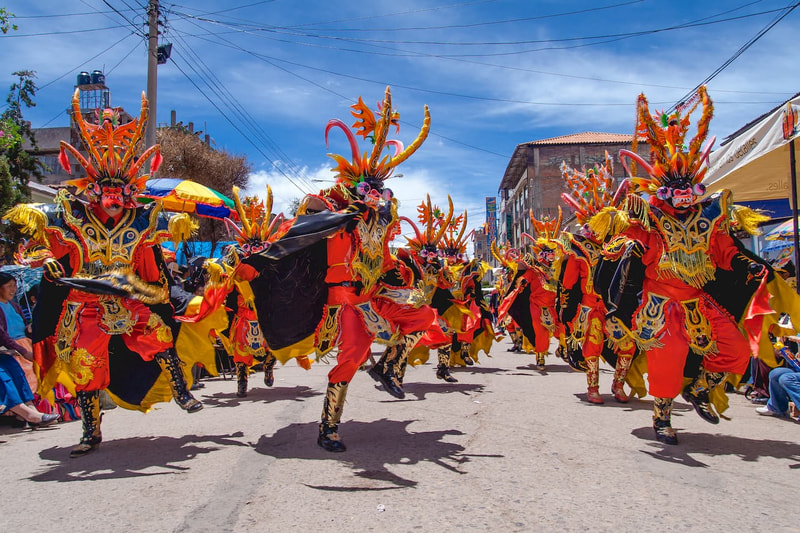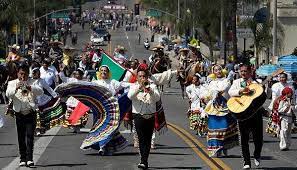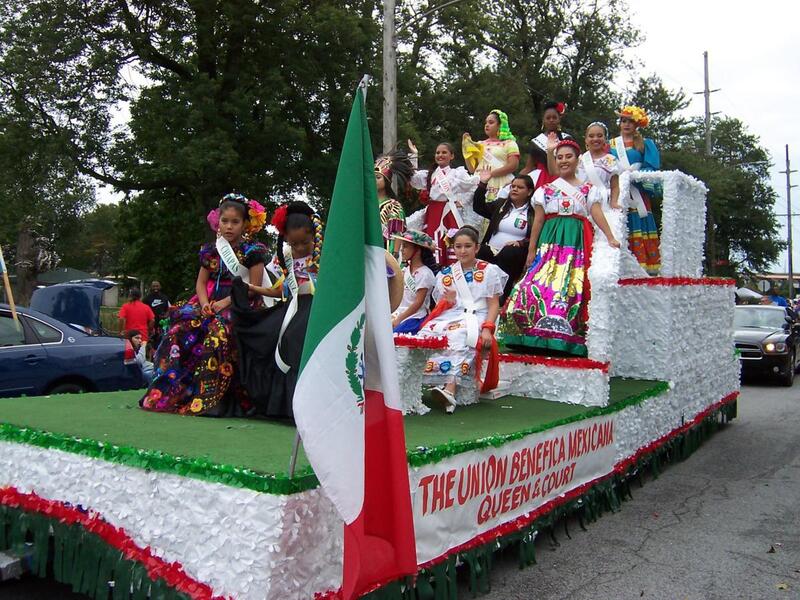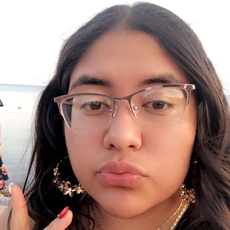IT’S TIME TO LOOK UP:
OP ED & MOVIE REVIEW
September 16, otherwise known as Mexican Independence day, is a holiday celebrated nationwide (including in Mexico for obvious reasons). During this day, traditionally there would be big parades going on at the same time in various parts of the states. For example, while there was a parade down Commercial Avenue, there would be another parade going on in Little Village or even in California. But why is Mexican independence day celebrated in the U.S, and why is it so recognized nationwide?
Today, we know Mexico to be a popular destination for many vacation enthusiasts. Whether that be to visit the beautiful beaches of Acapulco or to view/study the extensive history Mexico has to offer, it is a destination on many people’s bucket lists.
But this prosperous and beautiful country was not always like this; in fact, the country didn’t have any Spanish-speaking inhabitants at all till about the early-1500s. Before this time, this country was inhabited by the Mayan and Aztec civilizations, who prospered in their environments. By approximately 1519, Hernan Cortez had found his way to the shores of southern Mexico and began exploring “the newfoundland” with his crew. Upon exploring this “newfound land,” Cortez started to expand his crew to take over all of Mexico under the name of “New Spain” (in honor of Spain).
Skipping ahead to the early 1800s, the Mexicans of “New Spain” had had enough of Spain controlling their country and depending on them to obtain gold and maize (among other things) to make a profit. By this point, it was just a matter of time until a revolution broke out. Finally, on September 16 of 1810, Miguel Hidalgo Costilla delivered his legendary speech named “el Grito de Dolores” (the cry of pains), which marked the beginning of the Mexican war of independence against Spain. After the beginning of this revolutionary war, it would take nearly 11 years for Mexico to fully gain independence (on September 27, 1821). However, September 16 is recognized as Mexican Independence day because it was the commencement of an era of change for their country.
But this prosperous and beautiful country was not always like this; in fact, the country didn’t have any Spanish-speaking inhabitants at all till about the early-1500s. Before this time, this country was inhabited by the Mayan and Aztec civilizations, who prospered in their environments. By approximately 1519, Hernan Cortez had found his way to the shores of southern Mexico and began exploring “the newfoundland” with his crew. Upon exploring this “newfound land,” Cortez started to expand his crew to take over all of Mexico under the name of “New Spain” (in honor of Spain).
Skipping ahead to the early 1800s, the Mexicans of “New Spain” had had enough of Spain controlling their country and depending on them to obtain gold and maize (among other things) to make a profit. By this point, it was just a matter of time until a revolution broke out. Finally, on September 16 of 1810, Miguel Hidalgo Costilla delivered his legendary speech named “el Grito de Dolores” (the cry of pains), which marked the beginning of the Mexican war of independence against Spain. After the beginning of this revolutionary war, it would take nearly 11 years for Mexico to fully gain independence (on September 27, 1821). However, September 16 is recognized as Mexican Independence day because it was the commencement of an era of change for their country.
War icons include:
Miguel Hidalgo Costilla:
Miguel Hidalgo Costilla:
- This guy was a priest within his community and was the person who commenced this war (as stated earlier on). He is known as the George Washington of Mexico because of his endless efforts to organize the Mexican people to fight for their independence. Like the U.S., there were many smaller individual battles fought for this cause, resulting in Hidalgo’s downfall in the Battle of Calderon bridge just outside of Guadalajara, which resulted in his execution. Today, he is known as the “Father” of the Mexican nation.
- This guy was also a rebel priest, who took over the cause after Hidalgo’s death. Morelos was like a double agent working for the cause but engaging with Spanish troops seeing as he was a key person in drafting “el Decreto Constitucional para la Libertad de la América Mexicana” (de constitutional discrete for the liberty of Mexican America). Because he was a double agent, he was captured and executed by the Spanish inquisition in 1815 for treason against the Spanish.
- This woman was a sympathizer for the independence cause, which resulted in her holding secret meetings with conspirators in her house. Dominguez was a key piece to this puzzle because it was her intel that helped Hidalgo, among others, start this historic revolutionary war. Today, she is known as “la Corregidora” or “the corrector” because of the vast information she provided, which eventually landed her in jail.
Today, Mexican Independence Day is celebrated in the U.S because of the many cultures and ethnicities that coexist. It is just one of the many ways that we choose to celebrate the diversity that exists here in America. Additionally, it makes sense that this day is celebrated, seeing as Arizona, California, New Mexico, Texas, Colorado, Nevada, and Utah all were once part of Mexico and participated in this important event in history.
|
On September 16, many people choose to celebrate this festivity in many different ways. When celebrating, people tend to wear more traditional clothes to honor this day. Women typically wear bright-colored dresses and shirts embroidered with colorful flowers paired with huaraches or botas rancheras. The way their hair is done is up to the person. Some women choose to wear their hair in buns and put flowers on their hair (like I did), but others choose to simply leave it down. Men typically wear botas rancheras, traditional belts, and charro-type shirts. Others choose to just wear bright colors paired with a pancho!
|
|
Usually here in the U.S in the major cities, parades showing Mexican pride happen, and people display their various traditional items as well as hand out free things. During these parades, people decorate their floats with bright colors including red, white, and green (the colors of the Mexican flag). I know that during pre-covid times, the parades in Commercial Avenue and Pilsen Little Village threw candy to the many spectators of the parade. Phrases like “Viva Mexico” are often shouted at these parades as well. Other people choose to go out to Mexican restaurants with their families to spend time together and eat.
In Mexico, much like the U.S., it is a day to kick back, relax, and spend time with your family. During this day, people don’t usually go to work, and the kids don’t go to school! Many people choose to make carne asada (a cookout), or go out! But one thing that remains the same: this day is a recollection of Mexican pride all over the country, acknowledging the history and heritage of Mexico!




